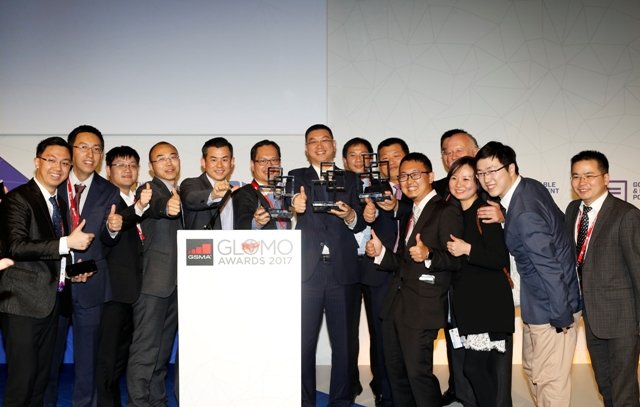The march of digital progress is relentless and can seem daunting at times, but it also brings great promise. The pace of progression from basic m
The march of digital progress is relentless and can seem daunting at times, but it also brings great promise. The pace of progression from basic mobile Internet to LTE via 3G and 4G is impressive; and it’s not long before 5G will be the new norm.
Huawei is one of a number of companies leading this charge. The technology company was recognised with the “Outstanding Contribution for LTE Evolution to 5G” award at the Mobile World Congress 2017 in Barcelona.
Staying relevant in a 5G world
Xu Wenwei, Huawei’s chief strategy marketing officer, used the opportunity to stress the need to prepare now to stay relevant in a 5G world.
“The next few years will see continuous LTE development and 5G innovations,” he said. “So, we need to do the preparation in all aspects, including network deployment and industry collaboration.”
Last year almost 70 new 4.5G networks — a natural stepping stone on the way to 5G — were deployed globally. That figure is predicted to reach 120 by the end of 2017. Network infrastructure rollout, the hardware by which super fast mobile Internet is delivered, is the logical first step in this evolution.
But that’s costly.
In 2016, Huawei developed a way to help by giving service providers and operators the option to pool their resources to rollout 4.5G networks. It’s called the CloudRan Solution and it hooks up the hardware behind the cloud to radio technologies, frequencies and bands. In short, it provides operators with the means to maximise their networks so they can begin to offer 4.5G services.
5G means more vitality and a longer lifecycle
Huawei believes this will help customers improve user experience, to step into all cloud era, to enable innovative services for vertical industries, and to build 5G with more vitality and longer lifecycle.
But mobile Internet is much like a physical road or highway: The more you build them, the more traffic there will be. While the number of people using smart devices in the UK and Europe is already staggeringly high, in the developing world that figure is set to sky rocket. In addition, the Internet of Things will add more stress to networks in developed economies, as everything from your toothbrush to your fridge wants to get online.
So exactly how much more demand there will be on the future’s network is hard to predict. The one certainty is that it will always rise and probably at an almost unfathomable rate.
That’s why Huawei continues to press for more investment in technology to drive forward the innovation that will help service providers satisfy their future customers’ needs. For example, along with Deutsche Telekom, Huawei has conducted tests of radio networks at very high frequencies to achieve Internet speeds as high as 70 Gbps — a first for the industry.
At the same time, by overlaying 5G technologies such as this over the existing 4G network before the extra demand has arrived, Huawei has managed to take the lead in finishing the rollout of a technology called Massive MIMO. The MIMO concept effectively multiplies the capacity of radio infrastructure by using several transmit and receive antennas instead of single ones. This improves the user experience and vastly upgrades the network’s capacity.
All of this comes together and represents Huawei’s strategy to push networks and service providers towards the 5G revolution that consumers will enjoy in the not too distant future.
uk.businessinsider.com


